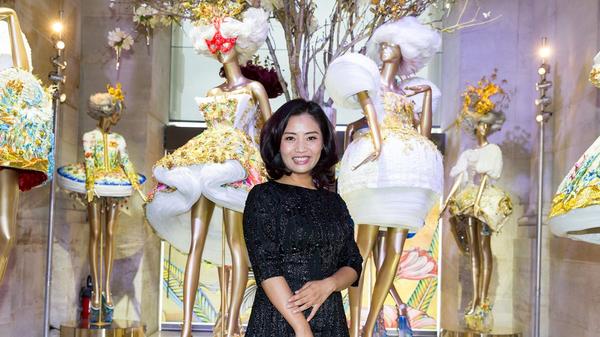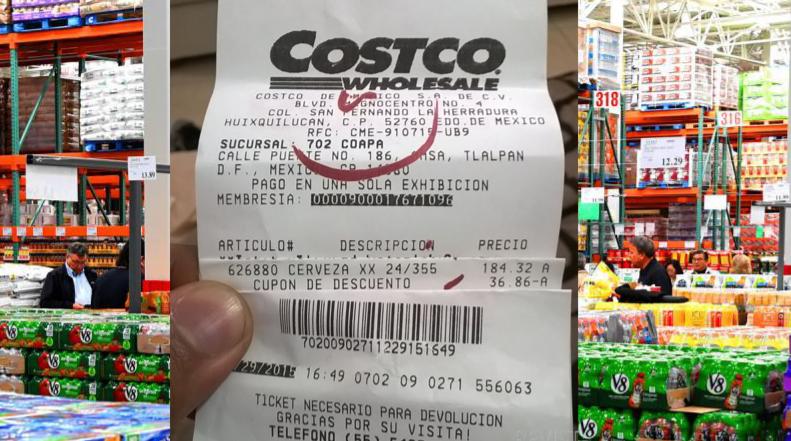The revenge of Chinese luxury
The Chinese may no longer produce for European luxury firms. But in all these years, Eastern consumers have changed so much that some businessmen and entrepreneurs in the country have been encouraged to create their own brands. Tremble, Europe. Who said that in China they lack technical knowledge of crafts? Will it emerge again as a mecca of opulence, envied for its silks, jade and porcelain?
Few predicted at the beginning of the century that this could happen. But it is a fact that the Chinese are not limited to feverishly consuming Western luxury brands. There are already national designers with international projection. Like Guo Pei, the Chinese Chanel. It was enough for the singer Rihanna to wear one of her exaggerated creations at the 2015 New York Met Gala to launch her career on a planetary level. ** Last January, Pei showed off her expensive garments at Paris Haute Couture Week, rubbing shoulders with Dior, Valentino and Elie Saab.**
The Chinese first lady, Peng Liyuan, a style benchmark, proudly wears national creations such as those of the Mixmind brand Exception. Her designer, Ma Ke, was also invited to exhibit a collection at the 2008 Paris Haute Couture Shows with her second label, Wuyong.

Oriental women don't only wear Manolo Blahnik and Jimmy Choo. For many wealthy women, there are also the Mary Ching shoe firms, founded in Shanghai in 2009 by the Sino-British designer Alison Yeung, with prices around 300 euros a pair, and ** Stella Luna ** (between 250 and 600 euros) , which belongs to Stella International Holdings. This Taiwan-based company has produced for Balmain, Prada, Bally and Burberry and develops its own brands.
If we broaden the search there are some more firms. There is the Uma Wang womenswear line and the Septwolves menswear line, which are also committed to quality. Giada opened a few years ago the first boutique of a Chinese brand in one of the European streets of luxury par excellence, Milan's Via Montenapoleone. And Shang Xia, a subsidiary of Hermès Internacional that was born in 2008, has a store in Paris. Its specialty is household items (porcelain teapots with gold details and sandalwood tables, for example) and textiles, such as cashmere dresses, at somewhat lower prices than Hermès but made with the same taste for detail than that of his mother house. And yes, it is made in China. In fact, their designs are rooted in the country's crafts and history, because their owners say that their "mission" is to bring Chinese tradition to the world today and to the future.
Until about seven years ago, the only Chinese luxury brand that had crossed the border between East and West was Shanghai Tang, which came to establish its own store in Madrid that closed in 2012 because its owners did not record the desired turnover. And so far we get a few more names, such as Chow Tai Fook, the Chinese jewelry chain that has slipped into fourth place on the list of the 100 largest luxury companies by the consulting firm Deloitte Touche Tohmatsu.




